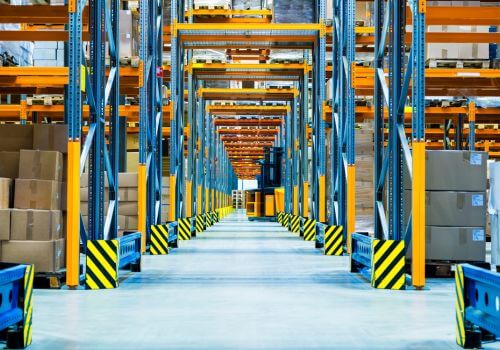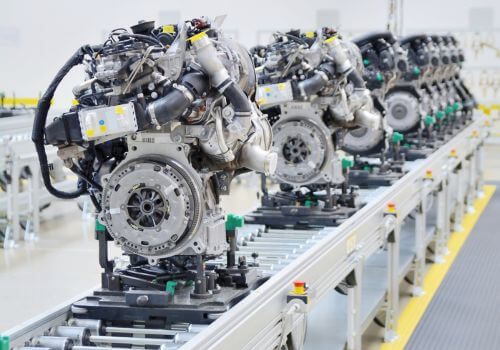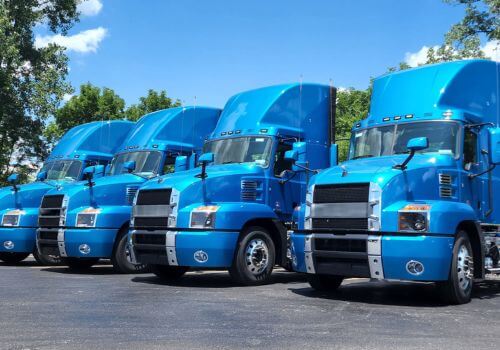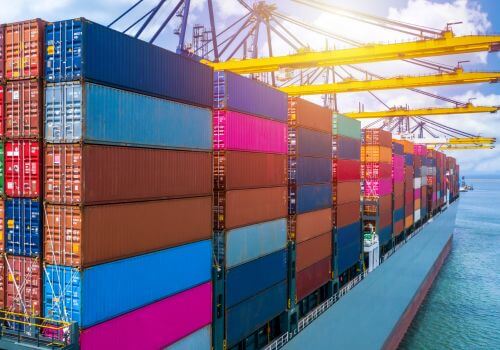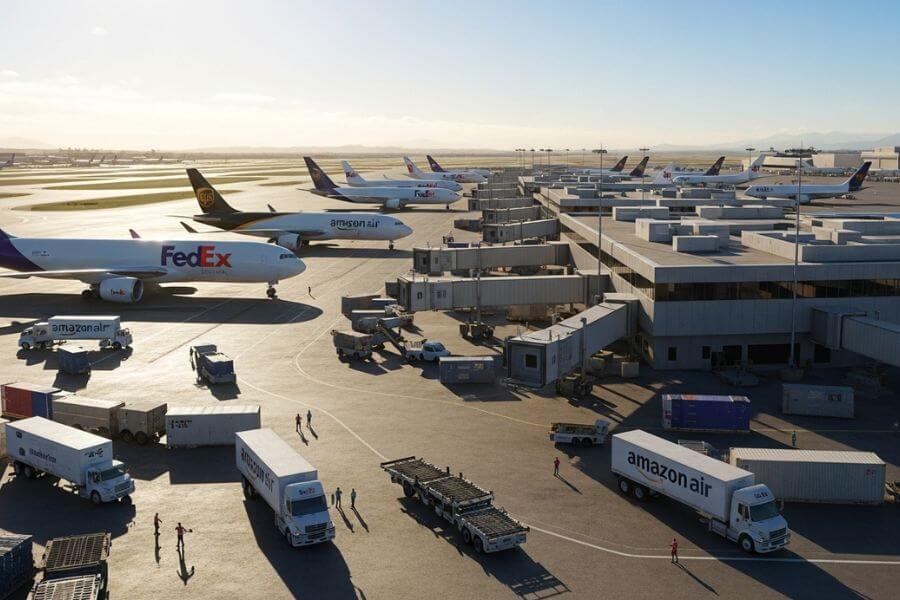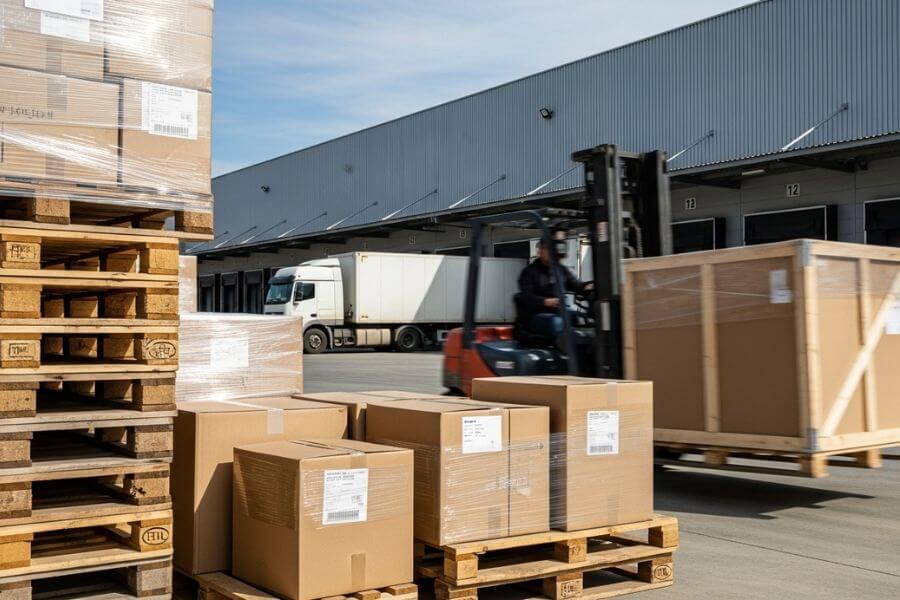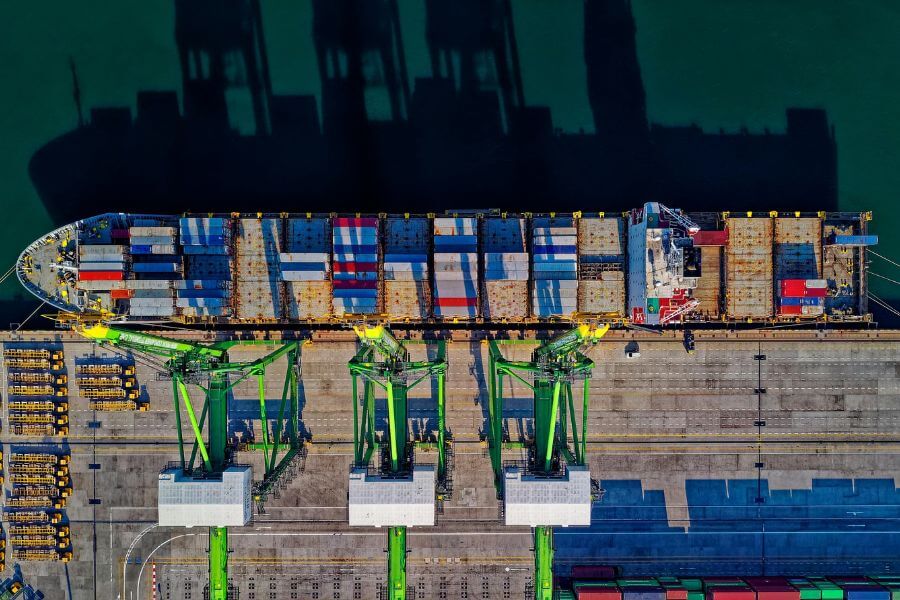The United States relies heavily on its ports, the lifelines of commerce that connect American industries, manufacturers, and consumers to the rest of the world. From the bustling container terminals of Los Angeles to the vast energy facilities in Houston, these maritime gateways keep the flow of goods steady and the economy thriving.
In this comprehensive guide, we explore the top 10 busiest and largest ports in the United States, diving into their cargo capacities, geographic advantages, infrastructure, and their growing role in global logistics. Whether you’re in shipping, supply chain management, or simply curious about how goods reach U.S. shores, this detailed overview paints a clear picture of America’s maritime backbone.
1. Port of Los Angeles, California
The Port of Los Angeles, often nicknamed “America’s Port,” is the largest and busiest port in the United States. Situated in San Pedro Bay, it’s the primary entry point for goods from Asia and serves as a critical link between the U.S. and major trading partners like China, Japan, and South Korea.
- Annual volume: Over 10.3 million TEUs (twenty-foot equivalent units) in 2024
- Total cargo value: Exceeds $300 billion annually
- Main commodities: Consumer goods, electronics, apparel, furniture, and auto parts
What makes the Port of Los Angeles stand out is its advanced logistics infrastructure: deep berths, automated terminals, and efficient rail and highway connectivity via the Alameda Corridor. It also leads in green port initiatives, working to reduce emissions and implement clean energy solutions for a sustainable future.
In short, the Port of Los Angeles is not just the busiest port in the U.S., it’s the gateway that powers American retail, manufacturing, and global commerce.
2. Port of Long Beach, California
Right next door to Los Angeles lies the Port of Long Beach, forming one of the largest port complexes in the world. Together, these two Southern California ports handle roughly 40% of all containerized cargo entering the U.S..
- Annual volume: Approximately 9.65 million TEUs in 2024
- Major trading partners: China, South Korea, Vietnam, and Japan
- Key strengths: Modern terminals, automation, and sustainability
The Port of Long Beach has heavily invested in technology and automation, featuring smart terminals that improve cargo handling efficiency. It’s also known for its environmental leadership, introducing zero-emission trucks and electric cranes.
Because of its deep-water berths and proximity to key logistics centers, Long Beach is a preferred gateway for importers looking for faster clearance and efficient intermodal connections to the rest of the U.S.
3. Port of New York and New Jersey
The Port of New York and New Jersey is the largest port on the U.S. East Coast and the third busiest port in the country. It serves over 20 million consumers within a few hundred miles, including the massive New York metropolitan area.
- Annual volume: Around 7.8 million TEUs in 2024
- Main commodities: Electronics, beverages, vehicles, machinery, and textiles
- Special advantage: Deep-water terminals with access to major interstates and rail lines
Its strategic location gives it unparalleled access to one of the most densely populated regions in North America. The port’s modernization projects, such as raising the Bayonne Bridge to accommodate larger vessels, have strengthened its capacity to handle the growing global shipping demand.
This port is also a hub for intermodal logistics, linking ships to trains and trucks seamlessly, making it a crucial link in the Eastern U.S. supply chain.
4. Port of Savannah, Georgia
The Port of Savannah has become one of America’s fastest-growing container ports, a key player driving logistics growth across the Southeast.
- Annual volume: Over 5 million TEUs in 2024
- Operator: Georgia Ports Authority (GPA)
- Key strengths: Deepwater harbor, large terminals, expanding rail yard
Savannah’s Garden City Terminal is the largest single container terminal in North America, renowned for its efficiency and modernization. The port benefits from its proximity to major interstates (I-95 and I-16) and direct rail links to Atlanta, Nashville, and the Midwest.
Recent expansion projects, such as channel deepening and terminal automation, have positioned Savannah as a competitive alternative to congested West Coast ports. Many companies are now routing shipments through Savannah to serve customers across the Eastern U.S. faster and more reliably.
5. Port of Houston, Texas
The Port of Houston is not only one of the busiest ports in America but also the largest in terms of total tonnage. Located on the Gulf of Mexico, it’s a powerhouse for energy exports, petrochemicals, and bulk cargo.
- Annual tonnage: Over 290 million short tons
- Main commodities: Crude oil, chemicals, plastics, steel, and grain
- Strategic advantage: Access to inland waterways and refineries
The Port of Houston is the beating heart of America’s energy and industrial sector. Its 200+ public and private terminals serve as the primary export hub for petroleum and chemical products. It’s also a key logistics point for both domestic and international trade routes, connecting North America to Latin America and beyond.
Massive investments in dredging and modernization are underway, ensuring that Houston remains capable of handling mega vessels and record cargo volumes in the years ahead.
6. Port of Virginia (Norfolk, Virginia)
The Port of Virginia, located in the Hampton Roads region, is one of the most advanced and efficient ports on the East Coast. It’s the only U.S. East Coast port with channels deep enough (55 feet) to handle the largest container ships afloat.
- Annual volume: Around 3.3 million TEUs in 2024
- Major exports: Paper, plastics, tobacco, wood products, and electronics
- Infrastructure highlight: High-capacity rail links and deep-water access
Thanks to state-of-the-art infrastructure and advanced automation, the Port of Virginia has become a model for operational excellence. Its direct rail access to the Midwest through Norfolk Southern and CSX lines allows for efficient inland distribution.
As East Coast trade continues to rise, Virginia’s port stands as a strategic gateway connecting Europe, Asia, and Africa to the American heartland.
7. Northwest Seaport Alliance (Seattle & Tacoma, Washington)
The Northwest Seaport Alliance (NWSA), a partnership between the Ports of Seattle and Tacoma, ranks among the top 10 container gateways in North America. It plays a vital role in trans-Pacific trade, especially with Asia and Canada.
- Annual volume: Approximately 2.97 million TEUs in 2024
- Key commodities: Machinery, electronics, seafood, and vehicles
- Unique advantage: Proximity to Canada and direct rail links to the Midwest
Seattle and Tacoma complement each other perfectly: Seattle focuses on international containerized cargo, while Tacoma handles bulk and automobile shipments. Together, they form a robust logistics hub with intermodal rail access that reaches Chicago and beyond.
The NWSA continues to expand capacity through modernization and green port initiatives, making it a crucial trade gateway for the Pacific Northwest.
8. Port of Charleston, South Carolina
The Port of Charleston has earned a strong reputation for efficiency, growth, and connectivity. Operated by the South Carolina Ports Authority (SCPA), it serves as a major East Coast gateway for containerized and automotive cargo.
- Annual volume: Over 2.5 million TEUs
- Key commodities: Automotive parts, machinery, tires, and agricultural goods
- Unique feature: Wando Welch and Leatherman Terminals (state-of-the-art facilities)
Charleston benefits from a naturally deep harbor, giving it a competitive edge in accommodating larger vessels. It’s also located near key manufacturing hubs like BMW and Volvo, enhancing its export volume.
The port’s modern terminals, efficient operations, and expansion projects make it one of the fastest-growing maritime centers in the Southeast.
9. Port of Oakland, California
Located in the San Francisco Bay Area, the Port of Oakland is the primary gateway for Northern California’s trade. It handles a significant share of U.S. agricultural exports and serves as a regional logistics hub for tech and manufacturing industries.
- Annual volume: Over 2 million TEUs
- Primary exports: Wine, nuts, fruits, and electronics
- Strengths: Strategic West Coast location and strong intermodal infrastructure
Oakland’s location offers direct access to Northern California’s industrial base and agricultural producers in the Central Valley. It’s also a vital link for Asian trade, supported by on-dock rail facilities and extensive warehouse zones.
Though smaller than the Southern California giants, Oakland remains a key player for exporters and importers seeking efficient access to Northern California and the Pacific Rim.
10. Port of Jacksonville, Florida (JAXPORT)
The Port of Jacksonville (JAXPORT) rounds out our list as one of the most diverse and fast-expanding ports on the East Coast. Located in northeastern Florida, it handles everything from automobiles to containers and breakbulk cargo.
- Annual volume: Around 1.3 million TEUs
- Key strengths: Deepened harbor (47 feet), auto handling terminals, and rail connectivity
- Main trade routes: Caribbean, South America, and Asia
JAXPORT’s location provides unmatched access to Florida’s consumer markets and growing distribution centers. It’s also one of the leading U.S. ports for automobile imports and exports, handling over 1 million vehicles annually.
With ongoing expansion projects and a deepened channel, Jacksonville continues to attract new shipping lines and trade opportunities, positioning itself as a major logistics hub for the southeastern United States.
Conclusion
From the colossal terminals of Los Angeles to the energy-driven docks of Houston and the fast-growing ports of the Southeast, America’s ports form the arteries of global trade. Each port plays a distinct role, some dominate in containerized imports, others in bulk exports or energy shipments, but all contribute to the nation’s economic resilience.
Understanding these major ports helps shippers, logistics professionals, and policymakers make smarter decisions about supply chain strategy, trade routes, and infrastructure investment.


